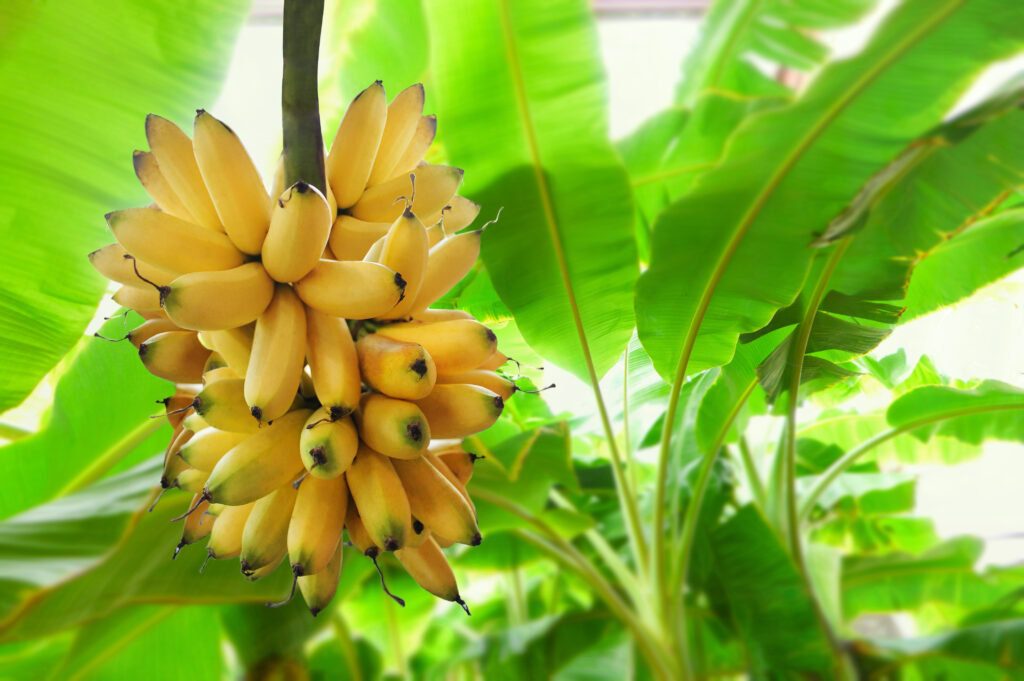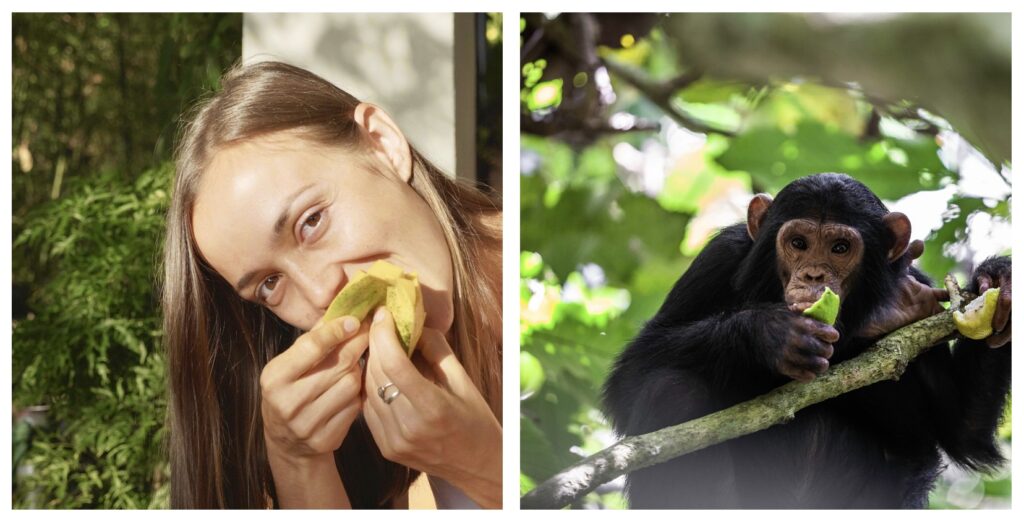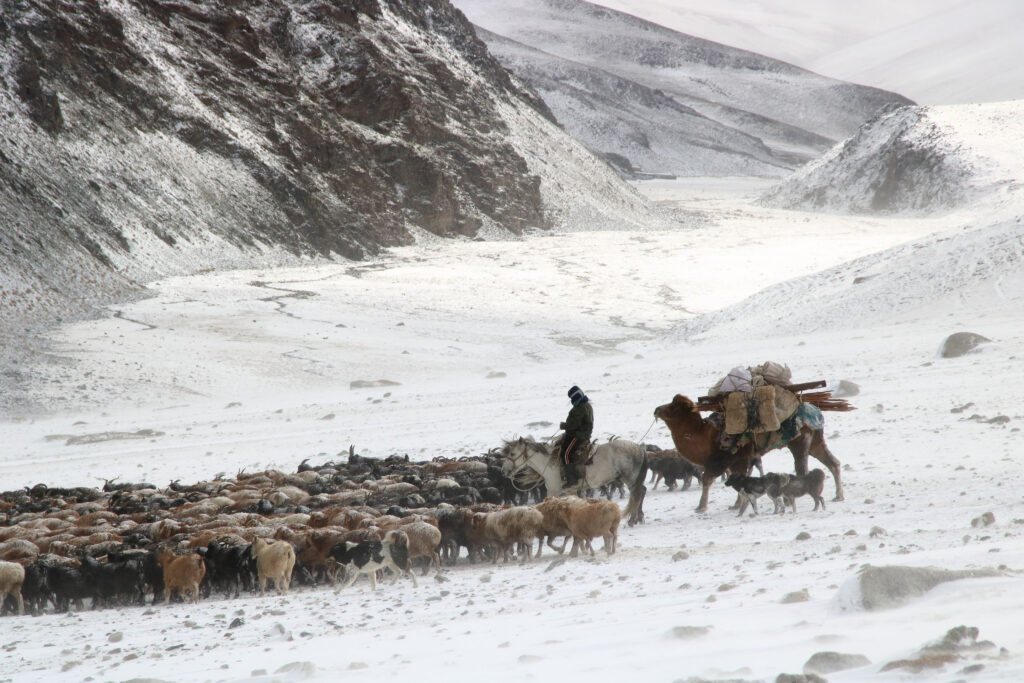Dairy is a mysterious and controversial food… why do humans consume the milk of another species? Something that no other species does in nature – an unnatural behavior. What are the risks of consuming a food we have not evolved to eat? How damaging is dairy, including high-quality dairy, really?
To understand dairy as a food source, a biological view can give us a broader perspective.
For quick readers
Dairy was (and partly still is) a survival food for humans, not an evolutionary food. Despite the nutrients that dairy provides, the negative effects on the body – especially hormonal disturbances – outweigh the benefits when we have better food options.
Milk, cream, and cheese are extremely popular foods. They are known to give cooked dishes a creamy, full taste or the umami flavor. Milk has hormonal factors that hook us emotionally to consume it, which makes it hard to wean off, literally. Luckily, most of us have realized by now that the milk of herbivores is not a human food, even if our recent ancestors consumed it.
No wonder many people report that cutting out dairy has helped resolve chronic inflammation and health issues. But what about raw, high-quality milk, which many experience health benefits from? A fact we cannot ignore, either. The effects of dairy on health outcomes in studies are also often not consistent, a recent review shows.
Is it really only all about the quality? Is raw milk perfectly fine for humans? From a higher perspective, it is not!

Why do humans consume dairy? A survival story…
There are positive and negative aspects to dairy, which we can understand better from a biological view:
It is undeniable that mother’s milk from another species is not an evolutionary food for humans – not a suitable food for humans. It is not our species-specific food. And yet, it does have nutritional value, which can be used as a functional food to address deficiencies, especially when other options are not available.

So let’s make sense of the confusion: Dairy initially was a survival food for human populations surviving in difficult climates. Dry or cold biomes which lack abundant vegetation. It is not an optimal food, but it is highly nutritious and is way better than no food at all or to suffer from deficiencies.
To understand this, we need to know what the human natural habitat actually is. It’s not the savanna, and it’s not a cold environment. Humans are still a tropical species, and recent anthropological research points to humans having originated in lush tropical forests as frugivores.

Humans are still adapted to a high-fruit diet like all apes are. The natural human diet is fruit-based. Most foods we eat in modern diets are survival foods. Cooking is a cultural adaptation to living in climates that are not suitable for the human body. However, biologically, we are not adapted to cooked diets or the many foods we eat today.

But back to dairy: Goats, sheep, cows, and camels are animals that can survive in harsh environments and turn the spare food sources into highly nutritious food for their babies… milk. Undoubtedly, this white gold was an excellent nutrient source in times when there was no alternative.

However, nowadays, we can access so many diverse food sources in most parts of the world that dairy is not a healthy choice anymore. Especially when the quality of today’s milk is nowhere near what it was under more natural conditions before industrialization and selective breeding became huge.
What’s bad and what’s good about dairy?
Studies on dairy give a varying picture, depending on who conducts them. Further, the quality of dairy is rarely (never) a factor in scientific nutritional studies, which is why it’s hard to say if the results apply to all types of dairy. However, regardless of its quality, there are some problems with dairy naturally. To understand dairy as a food source, let’s look at the pros and cons that come with high-quality (and even raw) dairy:
The ugly: Dairy messes with our hormones
Dairy naturally contains hormones from the mother animal:
“The most important hormones found in milk and other dairy products…consist of prolactin, steroids including estrogens, progesterone, corticoids, and androgens… insulin-like growth factor-1 (IGF-1), and local hormones including prostaglandins.”
Malekinejad & Rezabakhsh, 2015
Those potent steroid hormones are active in humans and, therefore, mess with our hormones! They can dysregulate hormonal and biochemical pathways and lead to unhealthy processes. Infertility, heavy periods, issues with the female cycle, and even abnormal cellular growth in female and male reproductive organs are just a few effects of the hormonal “invasion.”
To illustrate the hormonal impact of dairy on the human body, we can look at the lactate-inducing effect that dairy has on mothers of other species: in humans and dogs, yogurt can be used to enhance milk production because it contains prolactin. But what does this mean for non-lactating women and for men?
The bad: Protein from dairy can stress the kidneys and cause an acidic body
Another aspect we hear a lot in holistic nutritional approaches is that dairy is acid-forming food. What does this mean? And is it true? Yes, it is:
Protein-rich foods, like dairy, significantly contribute to the body’s acid load: The breakdown of dietary amino acids results in the production of acids, including sulfuric and phosphoric acids and ammonium ions (nitrogen) before the body excretes the waste products. The kidneys have an essential role in eliminating the end-metabolites from dietary proteins: Urea in urine is the final form of nitrogen for excretion. However, as frugivores, the human kidneys have not evolved to process a high protein load from animal-based foods, unlike species that are naturally adapted to a diet high in protein:
Kidneys of carnivores can process a high-protein diet, while human kidneys cannot: The kidneys of different dietary types (carnivores, omnivores, herbivores) are different in their urea permeability proportional to their natural meat intake (Liu et al., 2010). That is why too much protein damages the kidneys!
“…it is time to unleash the taboo and make it loud and clear that a high-protein diet is not as safe as claimed, as it may compromise kidney health…”
Kalantar-Zadeh et al., (2020)
Dairy contains much more protein than most of our natural food sources, which puts an increased workload on the kidneys and an overly acidic load on the body (depending on how much we consume). We need to understand that the natural food sources of frugivores in nature are high in simple sugars (fructose and glucose) and low in protein in the form of tropical fruits, nuts, and greens (i.e., chimpanzees). For humans, the recommended amount of protein is 50-55 grams daily. The natural human diet is ideally rich in high-quality tropical fruits, which are much higher in protein and other nutrients than temperate fruits. With tropical fruits, nuts, and greens, it is easy to reach the intake of 50-55 grams of protein per day!
The low-protein dietary pattern of frugivores compared to other mammalian species is also reflected in the composition of breast milk: Cow’s milk contains much more protein than human breast milk. This is because humans, as frugivores, are adapted to diets high in simple sugar, a diet high in sweet fruits. This already shows in the fact that human breast milk is sweet and low in protein compared to herbivore milk. Human breast milk contains ca. 1% of protein and 7% of simple sugars, while herbivore milk contains between 3.5-5.9% of protein and 3.5-4% of simple sugar, depending on the species. The milk of carnivorous mammals is even much higher in protein than herbivorous or omnivorous mammals, for example, up to 8.6% in cats.
Generally, the breast milk composition of mammals is strongly related to their dietary type (carnivore, herbivore or omnivore) found by Skibiel et al. (2013):
“…relative lactation length and diet were the most influential variables contributing to milk composition after accounting for phylogeny…”
Skibiel et al. (2013)
The very low protein content of human breast milk indicates, that we are a species with a diet naturally low in protein, a frugivorous diet, like all apes.
The good: Dairy is a source of nutrients
Raw dairy contains everything a growing body needs. It is also a highly nutritious food for adults, but it’s not a fully suitable source of nutrition because humans are not meant to consume milk or dairy in nature, as explained above. Raw dairy is also a source of bacterial infection when not sourced extremely carefully, which can make it difficult to access.
Dairy is a rich source of:
- Saturated Fat
- Simple sugar
- Protein
- Probiotic microorganisms (raw dairy only)
- Calcium
- Phosphorous
- Vitamin D3
- Iodine
- All B-Vitamins
- Vitamin K
- Vitamin A
Dairy contains other micronutrients like magnesium, zinc, iron, and selenium. However, those minerals are in very small amounts or not bioavailable for humans (i.e., iron). Further, dairy lacks many other micronutrients that we need.
Milk is a rich source of energy and building materials for a growing animal. Milk and fermented dairy (like cheese) were important for the survival of many human populations (see above) but are not evolutionary food and, thus, have many shortcomings, also nutritionally.
Local adaptations to dairy: Merely tolerating a survival food
In evolutionary history, dairy is a very recent food source. We still find some local adaptations to dairy as a food source in populations that relied heavily on it for survival, especially in cold areas. Why? Because being able to tolerate and digest dairy well and utilize it as an energy source was crucial for survival and reproduction. The most known adaptation to dairy consumption is improved lactose tolerance via maintaining high levels of the enzyme lactase-phlorizin hydrolase as adults.
Another widespread genetic condition that has evolved in northern Europe is hemochromatosis: the genetic mutations enable effective iron absorption despite consuming a lot of iron-blocking dairy.
The emergence of increased dairy tolerance in our genes also strongly suggests that dairy was hard to tolerate – and still is! Its negative effects were strong enough to exert selective pressure on humans and on their reproduction. And it still does! What this means for dairy as a food source is that it should be understood and used as a survival food, not an optimal food. The optimal and natural human diet does not contain dairy. However, in situations where no other food sources are available, it can serve as functional food or a source of nutrients.
This conclusion is not a surprise when we understand that dairy is not an evolutionary food and that humans are biologically built as frugivores: Our natural diet is high in tropical fruits, nuts, and greens.
References
- Zhang, X., Chen, X., Xu, Y. et al. Milk consumption and multiple health outcomes: umbrella review of systematic reviews and meta-analyses in humans. Nutr Metab (Lond)18, 7 (2021). https://doi.org/10.1186/s12986-020-00527-y
- Malekinejad H, Rezabakhsh A. Hormones in Dairy Foods and Their Impact on Public Health – A Narrative Review Article. Iran J Public Health. 2015 Jun;44(6):742-58. PMID: 26258087; PMCID: PMC4524299.
- Kim, K. et al. (2017) ‘Dairy food intake is associated with reproductive hormones and sporadic anovulation among healthy premenopausal women’, The Journal of Nutrition, 147(2), pp. 218–226. doi:10.3945/jn.116.241521.
- Skibiel, Amy & Downing, Lauren & Orr, Teri & Hood, Wendy. (2013). The evolution of the nutrient composition of mammalian milks. The Journal of animal ecology. 82. 10.1111/1365-2656.12095.
- D. A. Rubenstein, W. Yin, M. D. Frame, Flow through the kidney. Biofluid Mechanics, 325–345 (2012), doi:10.1016/b978-0-12-381383-1.00012-6.
- LSUHSC School of Medicine – Biochemistry and Molecular Biology. LSU Health New Orleans (available at https://www.medschool.lsuhsc.edu/biochemistry/).
- L. Liu et al., Erythrocyte permeability to urea and water: Comparative study in rodents, ruminants, carnivores, humans, and birds. Journal of Comparative Physiology B. 181, 65–72 (2010), doi:10.1007/s00360-010-0515-5.
- K. Kalantar-Zadeh, H. M. Kramer, D. Fouque, High-protein diet is bad for Kidney Health: Unleashing the Taboo. Nephrology Dialysis Transplantation (2019), doi:10.1093/ndt/gfz216.
- LeWine H. E. (2022) How much protein do you need everyday? Harvard Health. Available at: https://www.health.harvard.edu/blog/how-much-protein-do-you-need-every-day-201506188096 (Accessed: April 26, 2023).
- (No date) Health and nutritional benefits of dairy – euromilk. Available at: https://eda.euromilk.org/fileadmin/user_upload/Public_Documents/Nutrition_Factsheets/2017_08_30_EDA_Health_benefits_and_nutritional_value_of_dairy_final.pdf (Accessed: 11 October 2023).
- Anguita-Ruiz, A., Aguilera, C.M. and Gil, Á. (2020) ‘Genetics of lactose intolerance: An updated review and Online Interactive World Maps of phenotype and genotype frequencies’, Nutrients, 12(9), p. 2689. doi:10.3390/nu12092689.
- Hereditary hemochromatosis (2022) Centers for Disease Control and Prevention. Available at: https://www.cdc.gov/genomics/disease/hemochromatosis.htm#:~:text=What%20is%20hemochromatosis%3F,and%20organs%20and%20lead%20to (Accessed: 15 September 2023).



D
Ladies and Gentelmen,
do You offer wild (not grown)fruits, vegetables, nuts and seeds from forest, nature? If so quote them. If not be so ,kind and let me know, who do that.
Many thanks for reply,
Truly Yours,
Andrzej Pawlowski
ul. Grodzienska 14 m. 80
19-300 Elk
Poland
email: [email protected]
phone-no.: +48/728-607-257
=================
):
Sehr geehrte Damen ubnd Herren,
ich moeche fragen, ob Sie auch BIO/organic wild wachsende (nicht angebaute)Fruechte und Gemuese anbieten. Wenn nicht, vielleicht wissen Sie, wer in Deutschland oder in der Welt diese offerieren koennte.
Vielen Dank fuer Antwort.
Mit freundlichen Gruessen
Andrzej Pawlowski
ul. Grodzienska 14 m. 80
19-300 Elk
Polen
E-Mail: [email protected]
Tel.-Nr.: 0048/728-607-257